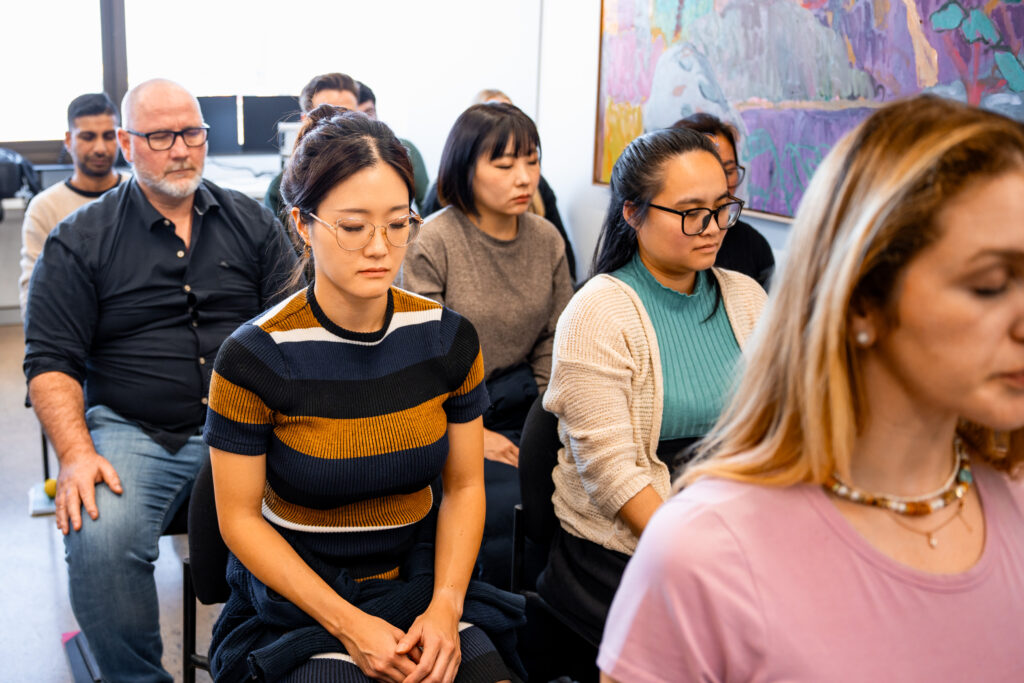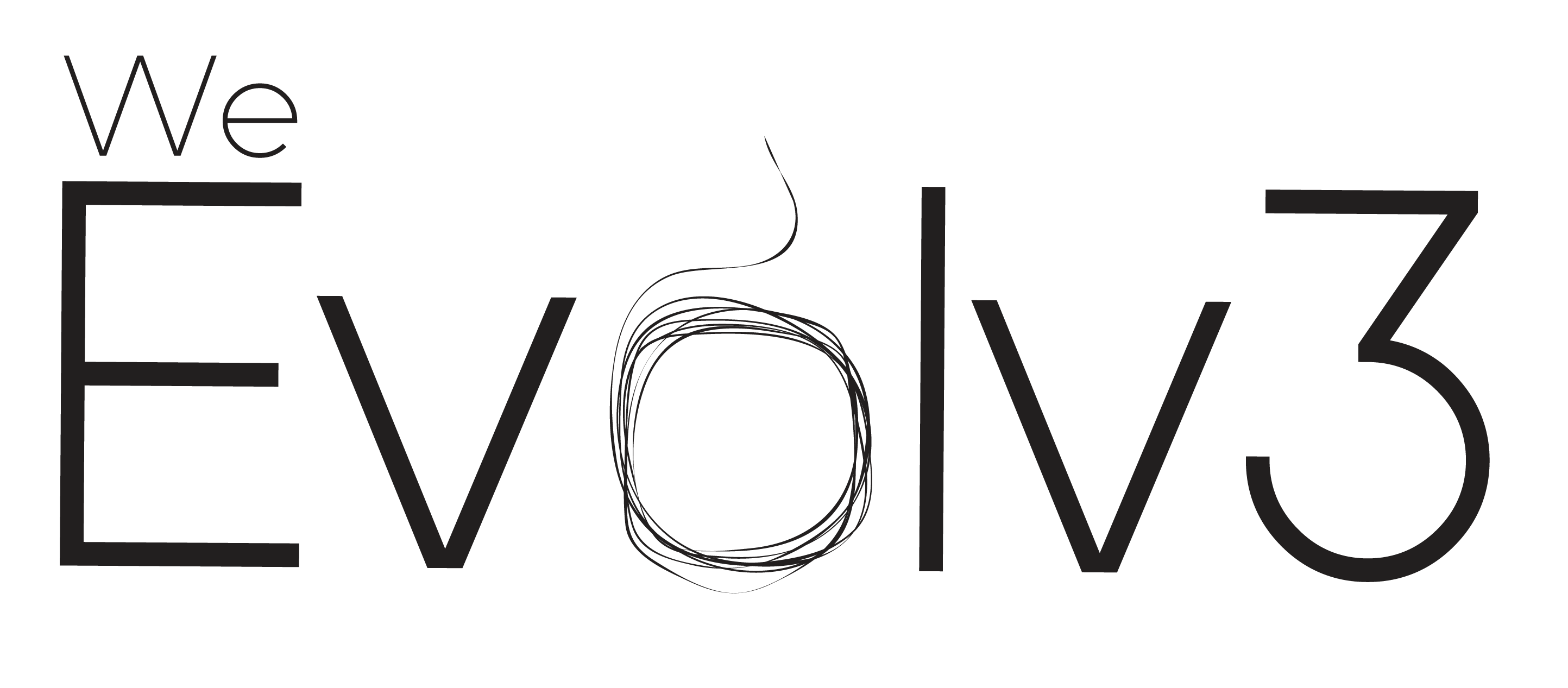
In a culture where we’re encouraged to hustle, optimise, and constantly do more, meditation often gets lumped into the same category as green juices and goal-setting journals: nice ideas with short-lived impact.
But what if the real power of meditation wasn’t in striving for peace, but in learning how to stop striving altogether?
That’s where Effortless Meditation (also known by other names such as Vedic Meditation or Transcendental Meditation) comes in. It’s a deeply restorative, refreshingly simple technique that’s helping more people tap into calm, clarity, and creative resilience without needing to change who they are or what they believe.
This isn’t a new trend. It’s a practice rooted in ancient wisdom, updated for modern nervous systems. And for those who are skeptical, burnt out, or simply tired of the surface-level solutions. It offers something rare: a way in that actually works.
Why Most People Give Up on Meditation
Let’s be honest. A lot of people “try meditation” and end up feeling more frustrated than free. They download an app, set a 10-minute timer, and sit in silence only to find their mind racing with tasks, worries, and distractions. After a few attempts, they assume they’re “not good at it” or that meditation just isn’t for them.
But the problem isn’t the person; it’s the method.
Many popular meditation techniques require focused attention, visualizations, or breath control. While helpful for some, these approaches still ask the mind to do something. And for those already living in a hyperstimulated, overthinking state, adding more effort to the equation can actually create more stress, not less.
Effortless Meditation works differently. It doesn’t fight the mind. It meets it where it is and gently guides it somewhere deeper.
So, What Is Effortless Meditation?
Effortless Meditation is a self-led practice that allows the body and mind to shift into a state of deep, healing rest without any force or concentration. Unlike traditional concentration-based techniques, it doesn’t ask you to monitor your thoughts, silence your mind, or breathe in a certain way. In fact, thinking is welcome. Distraction is part of the process.
The secret lies in how the nervous system responds. Through a specific process that’s easy to learn and even easier to maintain, the body begins to settle into a restorative rhythm. Brain wave activity slows. Stress chemistry quiets down. And the practitioner slips into a unique state of restful alertness that is deeper than sleep, but still fully conscious.
It’s during this time that the body is finally able to do what it’s been waiting to do all day: repair. Reset. Rebalance.
The Science of Doing Nothing (and Why It Works)
Studies show that during this meditative state, the body can experience metabolic rest deeper than what we get during sleep. Cortisol levels reduce. Heart rate slows. Breathing naturally regulates. The prefrontal cortex, which is responsible for decision-making and focus, becomes more active, leading to improved cognition and emotional regulation throughout the day.
This isn’t about escaping or numbing. It’s about teaching the body how to shift out of fight-or-flight and into a state of rest-and-repair, on demand.
And that’s what makes this practice so revolutionary for modern life. You don’t have to wait until burnout forces you to slow down. You don’t need to escape to the mountains or quit your job. With just 20 minutes twice a day, you create the conditions for healing and insight to happen from the inside out.
Who Is This Practice For?
Effortless Meditation is ideal for high-functioning professionals, creatives, entrepreneurs, caregivers, and sensitive souls alike, particularly those who feel like they’ve tried everything else. It’s for people who want to go deeper than surface-level self-care but don’t necessarily resonate with overly “spiritual” language or rituals.
You don’t need to change your lifestyle to practice. You don’t need to believe in anything mystical. All you need is a willingness to sit down and let your body take the lead.
This practice is especially powerful for:
- People who struggle with anxiety, fatigue, or emotional overwhelm
- Professionals managing high-stress careers and decision fatigue
- Parents and careers who need recovery in the midst of giving
- Individuals who’ve outgrown self-help but still crave transformation
- Anyone seeking mental clarity, inner peace, and emotional independence
You Don’t Have to Be Enlightened to Begin
One of the most common myths about meditation is that it’s only for monks, gurus, or people who’ve already found inner peace. But the truth is, you don’t meditate because you’re already calm; you meditate to access that calm when life isn’t.
You can start from wherever you are. Even if you’re skeptical. Even if you’re exhausted. Even if your mind races the entire time. The process still works.
Because the transformation doesn’t happen by controlling your mind. It happens by allowing your system to remember what rest feels like. And from that place of rest, everything else becomes easier: your thoughts, your emotions, your relationships, your energy.
Final Thoughts
Effortless Meditation is more than a practice; it’s a return to your natural baseline. One where calm isn’t a goal you chase, but a state you remember. One where creativity flows again. Where stress no longer rules your decisions. Where you don’t have to be fixed, because you never were broken.
This work isn’t about achieving something. It’s about becoming yourself again, beneath the burnout, beneath the noise.
And that’s something everyone deserves access to.
With love,
Nic xx
